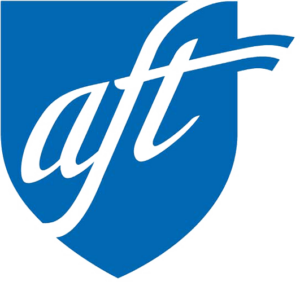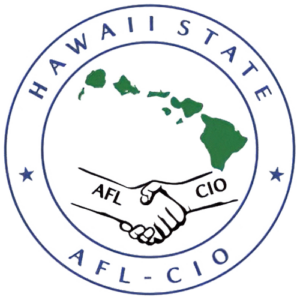Autonomy Revisited:
Today’s Senate Has Strayed Off the Path Established 30 Years Ago
As Hawaii’s legislative session reaches the halfway mark and bills cross over between the House and Senate, it’s a good time to reflect on what has been transpiring to date. In the heat of the day-to-day, rough-and-tumble battles that occur with the various legislative committees, we often do not have the luxury to take a deeper, historical look at how the decisions and actions of certain legislators have deviated from their predecessors.
Senators Breaking What Doesn’t Need Fixing
The recurring theme in the Senate this year has been meddlesome over-reach, an attempt to squash the autonomy of the University of Hawai‘i. These are all done in the name of “revamping, upgrading and renewing” our state’s public higher education system — descriptions some senators use to justify fixing what does not need to be fixed. There are no innocent bystanders in the Senate; many are complicit by tacitly going along with the prevailing notions of the moment.
There Was a Time They Actually Cared About Our Future
The mindset and tenor of the Senate today diverges from how the Senate has operated in the past. In the early to mid-1990s, in the midst of the Great Recession, Gov. Ben Cayetano, the Senate and the House convened the Hawaii Economic Revitalization Task Force (ERTF) to address the state’s economic condition. These elected officials had conviction, principles and a vision, and worked toward solutions by looking after the best interests of the state.
Where An Independent UH Was A Cornerstone of Economic Vitality
The ERTF made the determination that “if” the University of Hawai‘i could be set free of political control, it could be an economic engine for the state. It was a completely new and bold concept, but it revealed that government leaders at that time were much more forward-thinking — a sharp contrast to the command – control – dictate – imposition leadership style of certain state senators today.
UH Autonomy: A New Concept
The key proposals that emerged from the ERTF were game-changers. There was a desire to position the University of Hawai‘i as the preeminent institution in the world to help drive the local economy; and to restructure it into a quasi-public corporation with independent accountability. Government leaders believed this additional autonomy would allow the University of Hawai‘i to set its own priorities, drive it’s own vision and goals, and to own and manage lands, funds and resources without interference. The result would be “world-class” standing in key areas and an increase in the proportion of private funding.
Even Cayetano Believed a Freed UH Would Be Good for Hawaii
The notion of autonomy for the University of Hawai‘i gained more momentum and in his State of the State speech on Jan. 26, 1998, Gov. Cayetano said:
“We propose to make the University of Hawai‘i a quasi-public institution, virtually a fourth branch of government. We want the university to become more entrepreneurial, to become a leading contributor to our economy, but most of all, we want the university to have the freedom to become one of the great universities of the Pacific.”
We Used to Be The Most Micro-Managed University
John Radcliffe, who was serving as UHPA’s acting executive director while J. N. Musto was on sabbatical, commissioned a study on the role of universities in economic development. The results showed that virtually every surveyed state across the nation empowers its higher education system with a significant degree of fiscal and policy autonomy. In fact, no surveyed state had consigned less actual authority to its higher education governance authority than the State of Hawai‘i. Where universities are not already constitutionally self-directing, the study showed the norm is to specify large degrees of university fiscal self-governance, and to empower university-private sector collaboration.
These former and past legislators fully supported the restructuring of the University of Hawai‘i for improved economic performance. Bills to promote autonomy were introduced in 1997 and in the 1998 legislature, there were at least three major “autonomy bills” in circulation.
But Then Act 115 Enshrined Autonomy in Law
HB 2560 was eventually passed with bi-partisan support from both the House and Senate. The positive support showed that the legislature agreed with the economic revitalization task force’s determination that the devolution of power to the University of Hawai‘i will enhance the university’s status as a preeminent institution of higher learning, and enable the university to fulfill its constitutional responsibilities and contribute significantly to economic revitalization. This was signed into law in June and became Act 115.
Although this was a major step forward, the work was not yet over. None of the bills proposed amendments to the selection of the Board of Regents, a process that had been an obstacle to autonomy.
And Created The Candidate Advisory Council For a Better BOR
Autonomy could only be fully realized if the Board of Regents looked after the interests of the UH, and were not political sycophants making decisions to return favors to others. John Radcliffe was key to introducing the concept of a candidate advisory council to help the UH realize true autonomy.
A constitutional amendment was proposed to the public via SB1256 (2005), and was enacted by Hawai‘i voters at the election in 2006. It amended Art. X § 6 (now HRS § 304A-104 and 104.6) that allows for “pools of qualified candidates presented to the governor by the candidate advisory council…”
This process helped to vet those recommended to serve on the Board of Regents who may not know much about higher education and to prevent the appointments of those who are specifically tapped because of their hostility to or ignorance of higher education.
Today, We Have the Stats to Show It’s Working
We as locals born and raised here in these islands are taught from a young age that in order to understand the need for changes in any aspect of oneʻs life, you must first understand how you arrived at the current state of being. If the current senators seeking to “revamp, upgrade and renew” the stateʻs public higher education system did their homework, and took the time to understand the historical background and reasons behind the transformative transition taken three decades ago, they would better understand the reasoning why the University has excelled during the pandemic. As faculty, you have awarded roughly 21,000 degrees, diplomas, and certificates to the future leaders of our state. In addition, the UH System saw an increase in enrollment, bucking the national trends. This week, Mānoa was accredited for the next 10 years by WASC. WASC has validated the work that all of you have been doing to “revamp, upgrade, and renew.” Which begs the question: whereʻs the need NOW to “revamp, upgrade, and renew” the University?
Yet Our Senators Want A Return To A Failed Model of the Past
In economically challenging times, lawmakers of the past proposed innovative solutions that reflected their bold, transcendent worldviews. Today’s lawmakers have abandoned the leadership vision and insights of the past, and in their myopic quest for power, bring the entire University of Hawai‘i system down and prevent the university from realizing its fullest potential as an economic engine for our state. We can either watch this epic and historic destruction occur before our eyes or take a stand to question and challenge the movement today.



